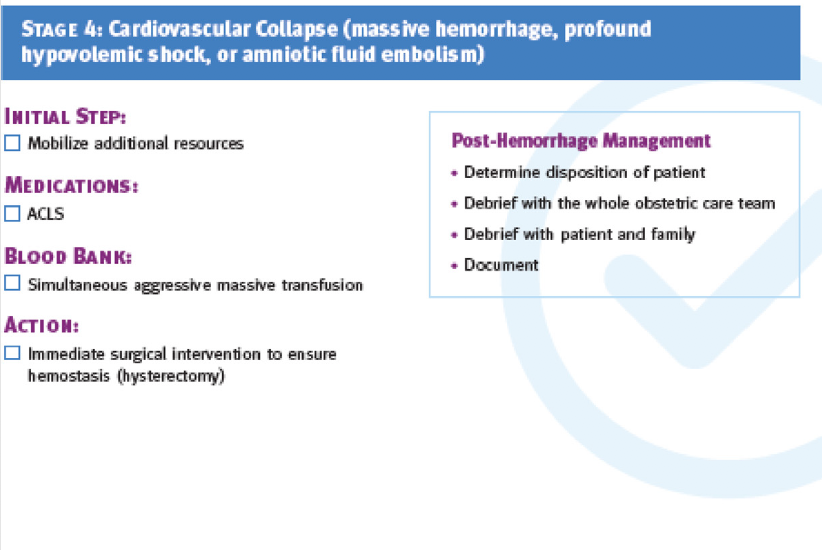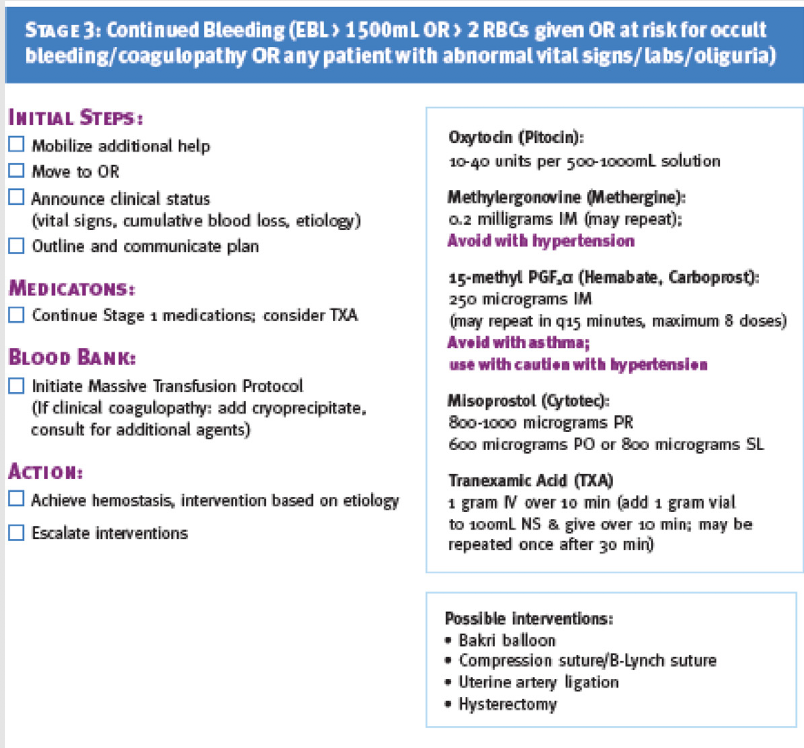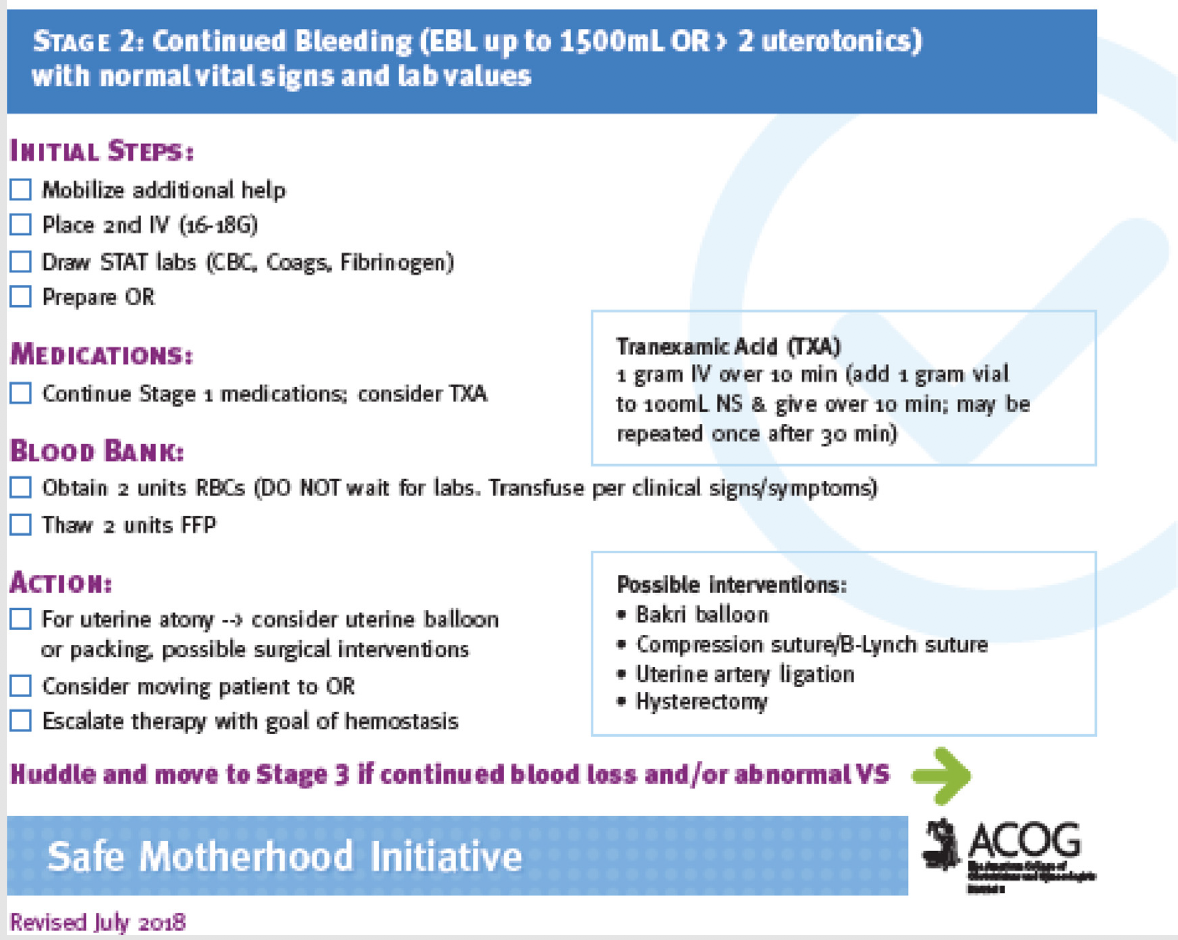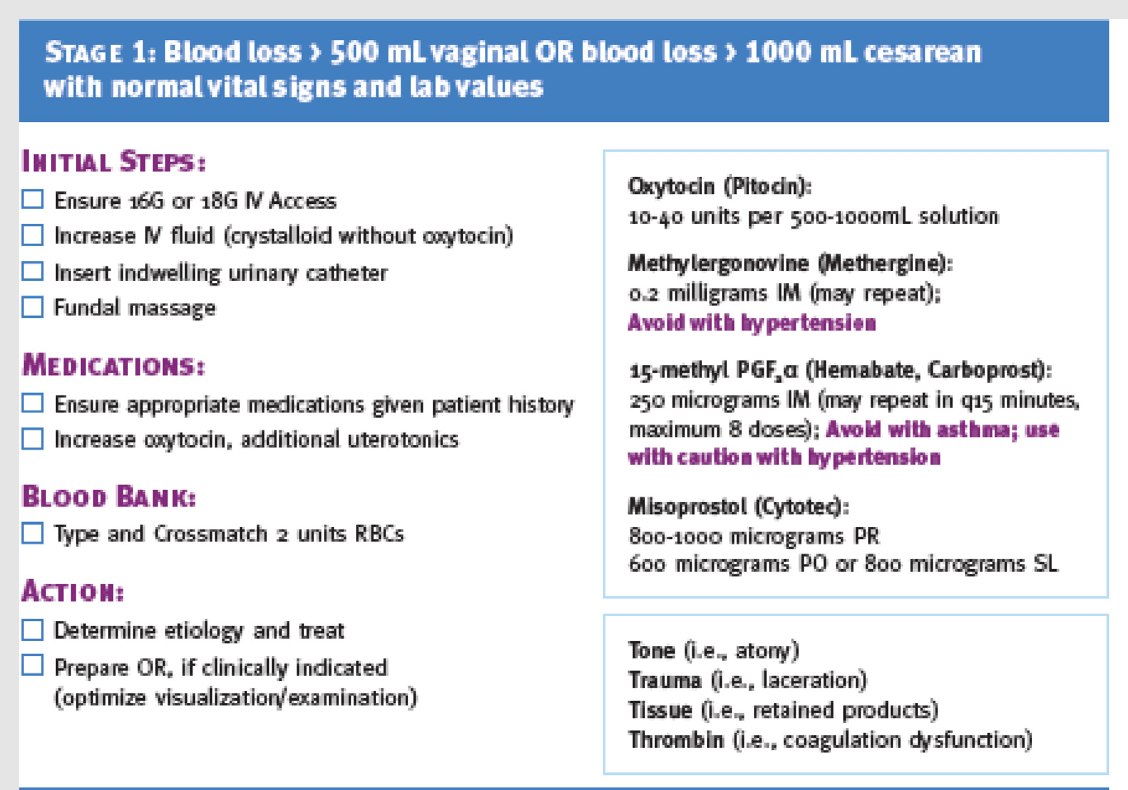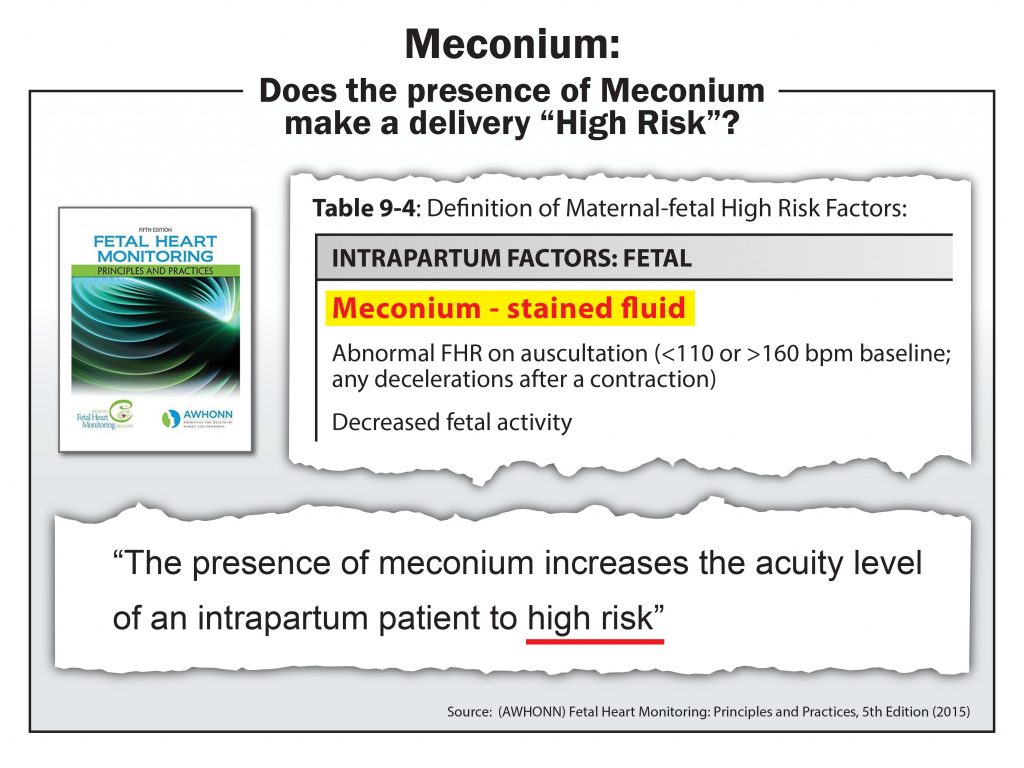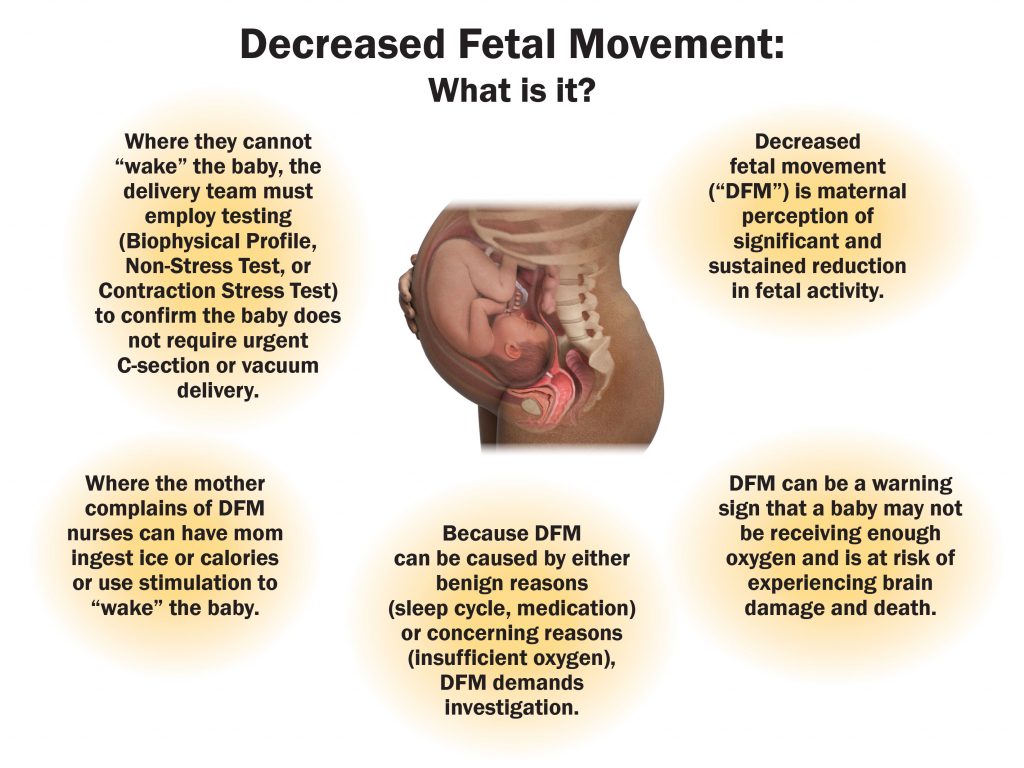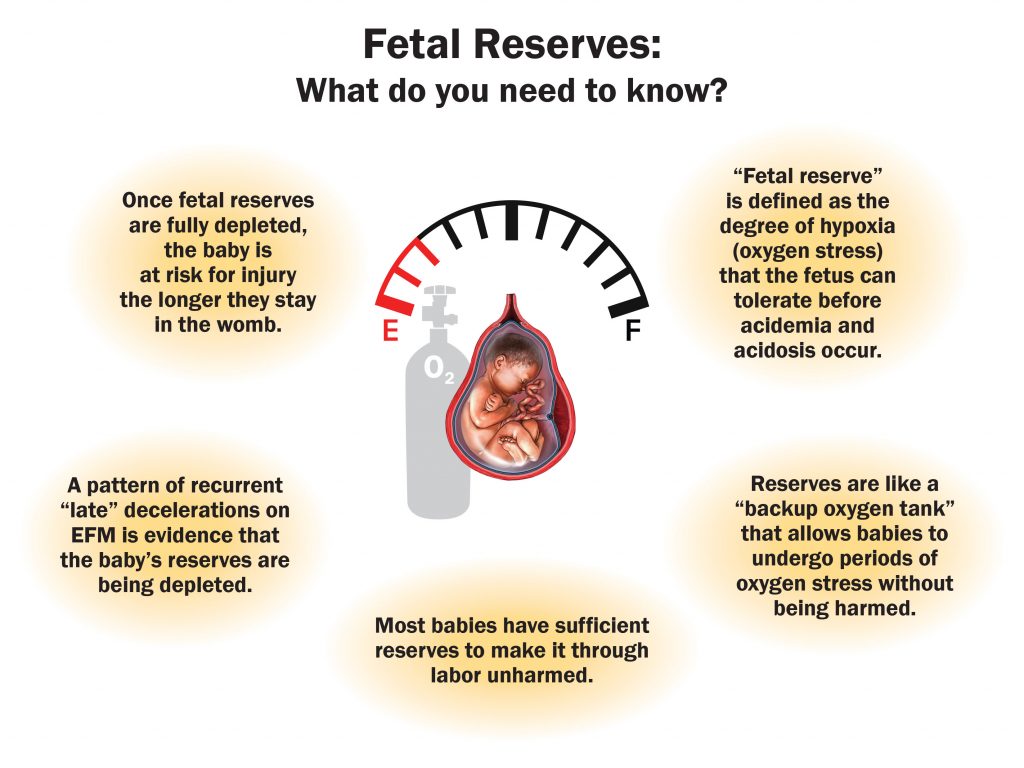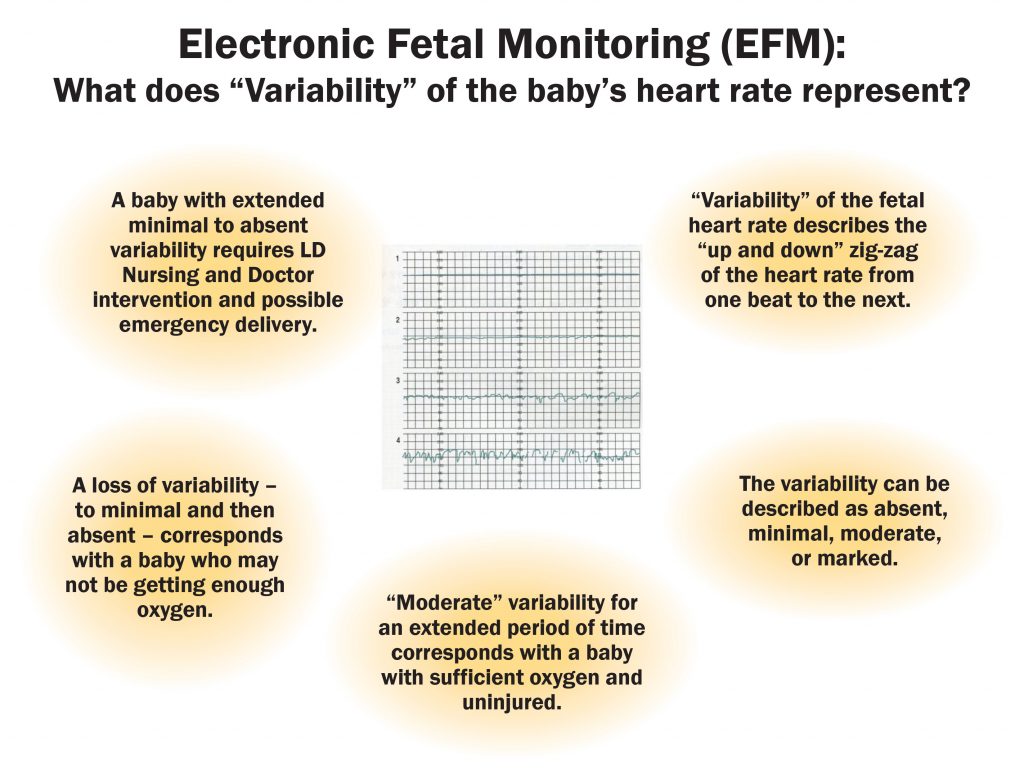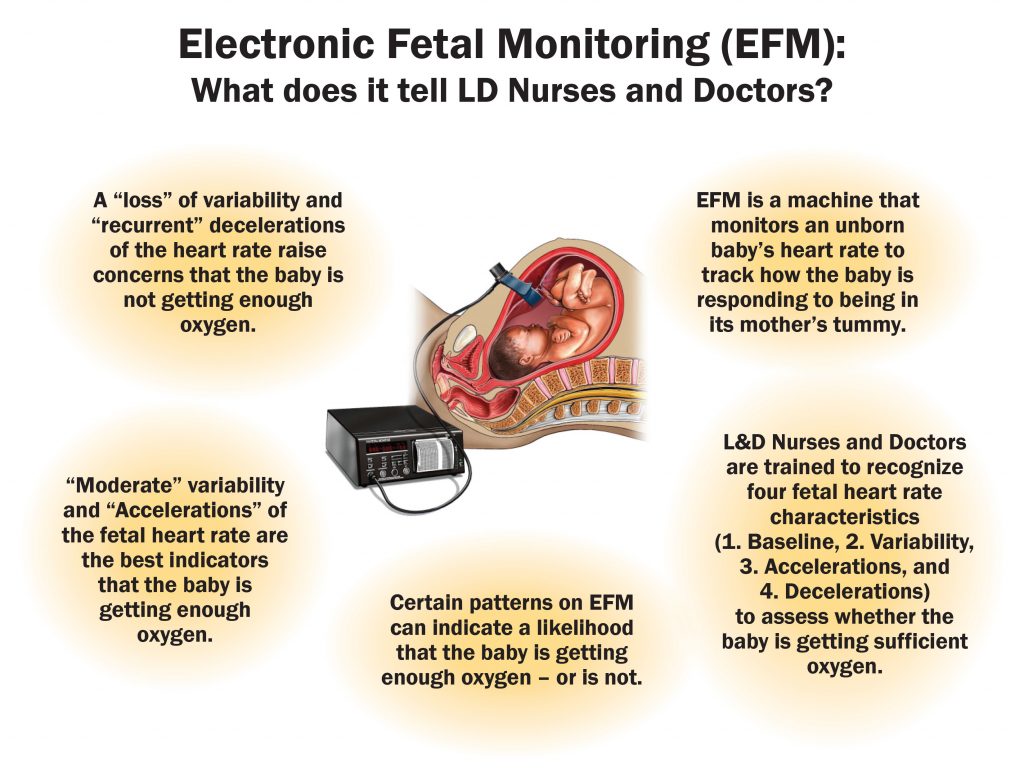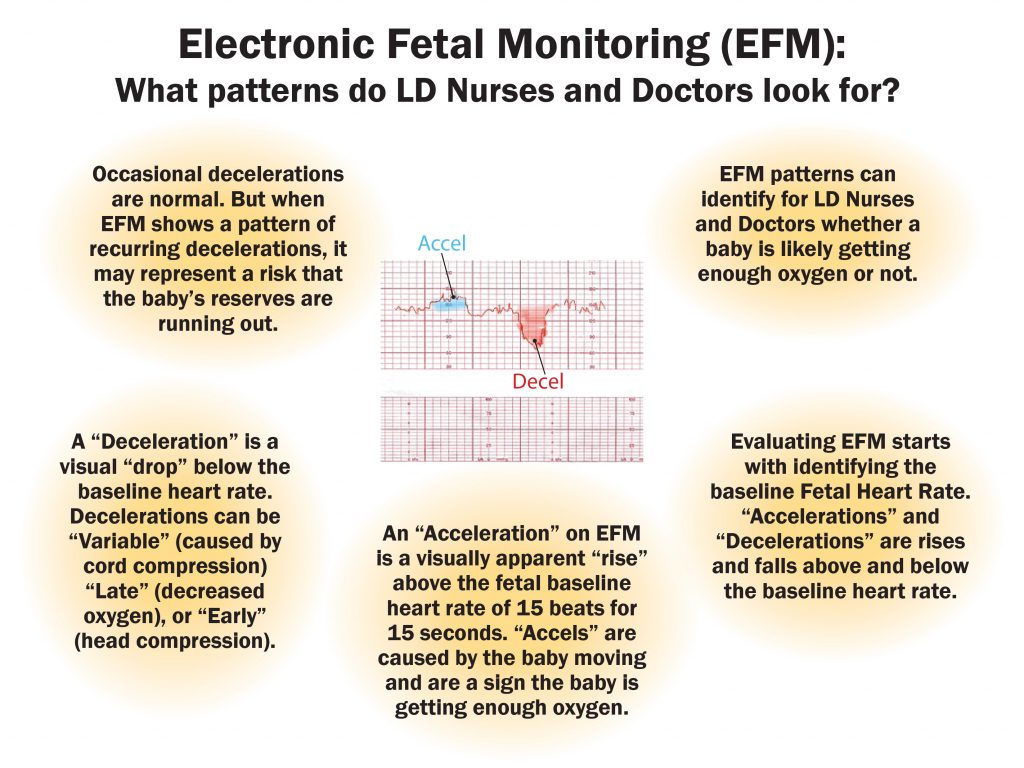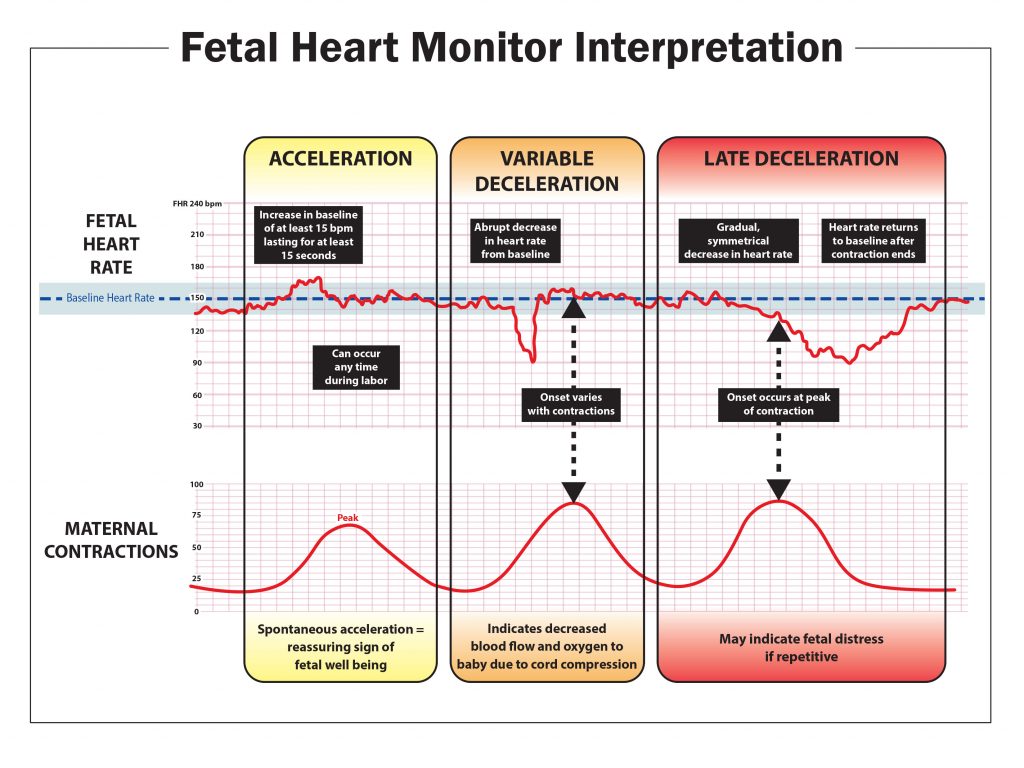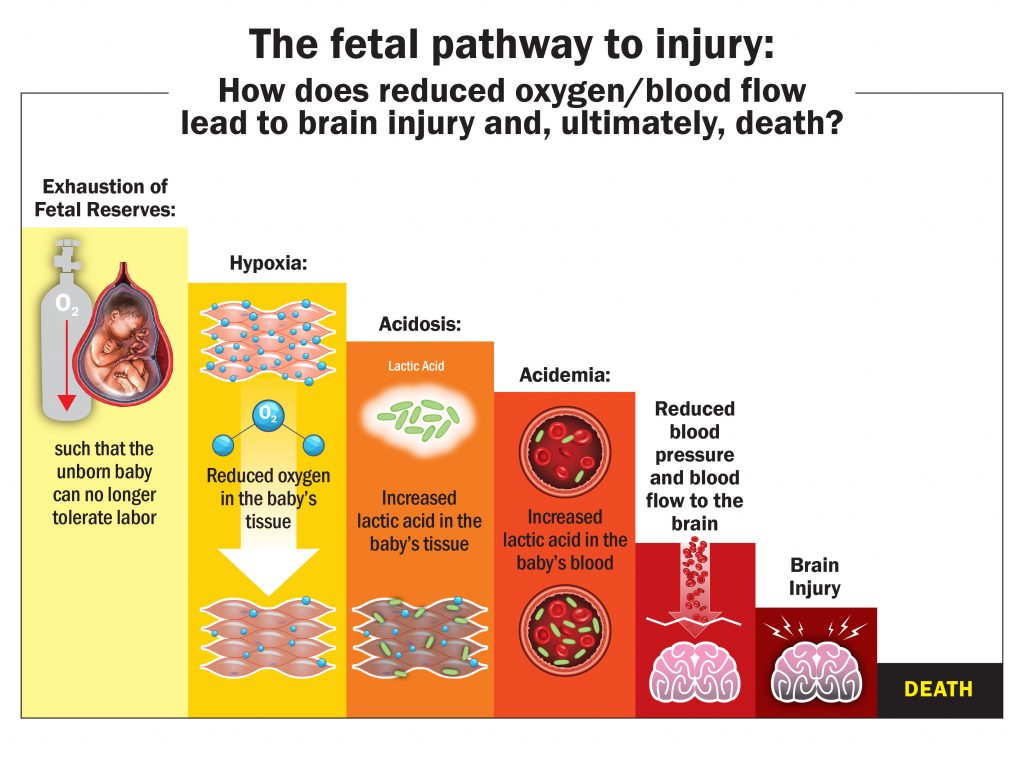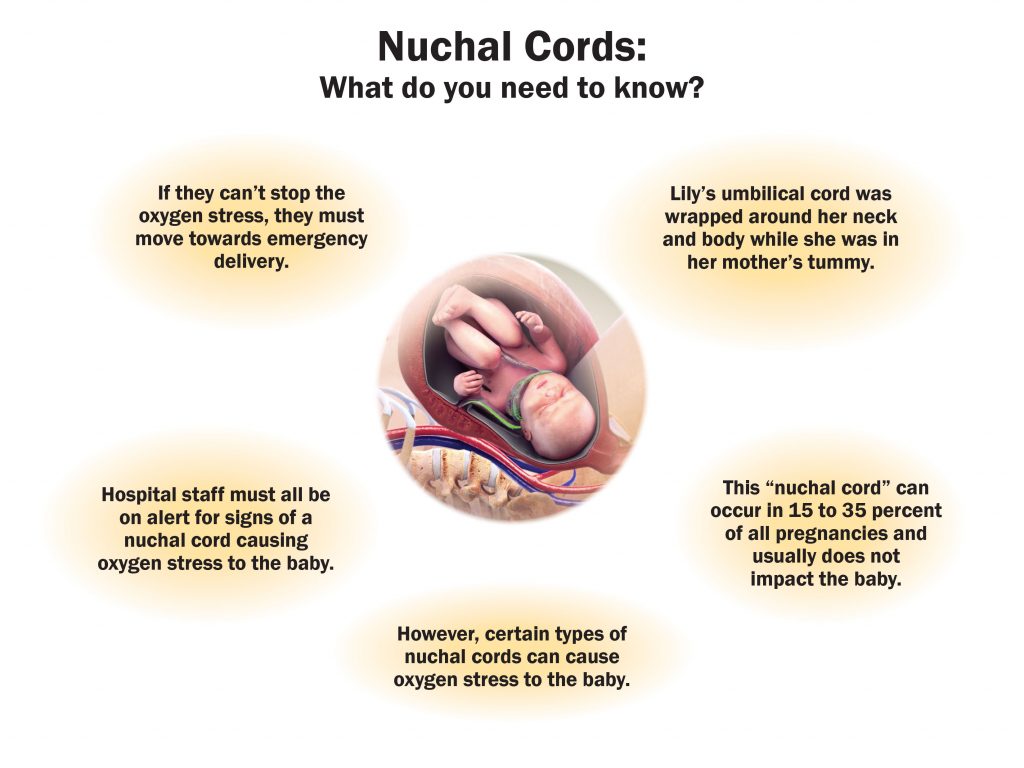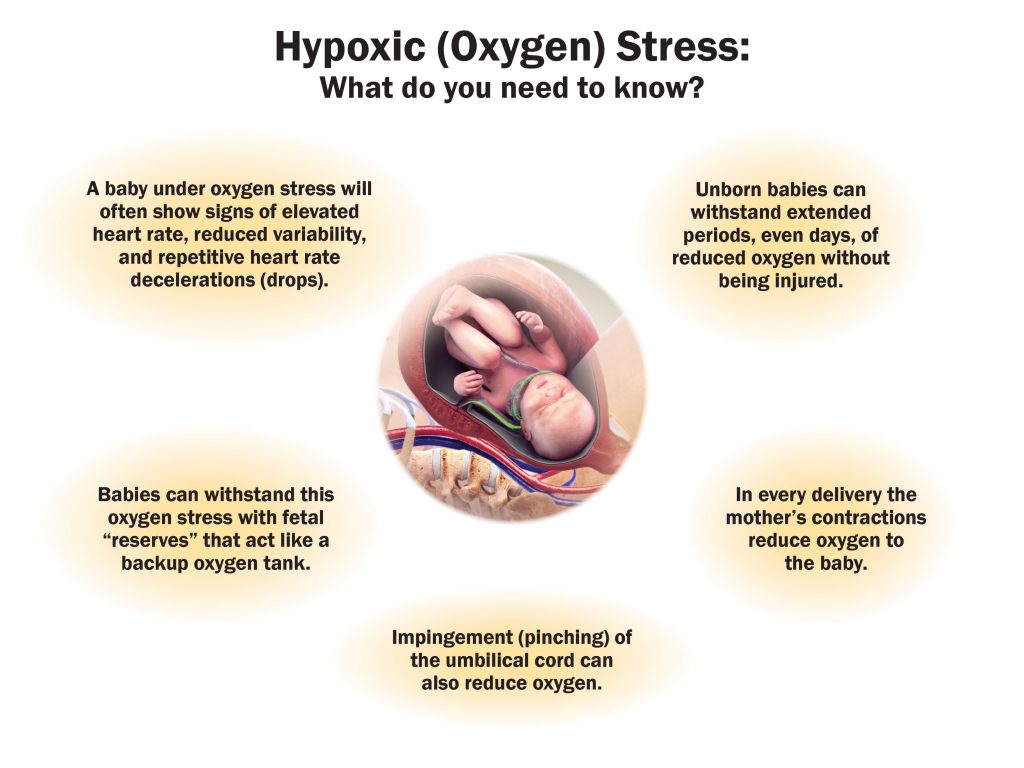 This is part II of a series. Read Part I first if you have not done so already.
This is part II of a series. Read Part I first if you have not done so already.
Hemorrhaging going on inside the brain, clinically referred to IVH, can damage or kill areas of the brain because of lack of blood flow because of that hemorrhage, the hemorrhage of blood. How severe the impairment is, where the impairment will be is dependent on the location of the hemorrhage and the degree of the hemorrhage. That’s for arterial or venous hemorrhages. Arterial bleeding resulting in additional loss of oxygen to tissues and arteries, instead of carrying oxygenated blood to the heart and to the brain, can hemorrhage and say you have a lack of blood and a lack of oxygen to the brain and to the heart. If it’s vein is bleeding, that’s more of an internal hemorrhage that returns the blood flow to the heart.
Those arterial hemorrhages are much harder to control once they occur than a venous hemorrhage. Next, what we see most often in our firm and what leads to the lawsuits in children and families we represent is HIE injury. That’s hypoxic ischemic encephalopathy. That’s simply a lack of oxygen to the brain, asphyxia or intrapartum asphyxia. HIE is the brain injury caused by oxygen deprivation to the brain. When that occurs, the newborn’s body can compensate for brief periods of depleted oxygen. But if these asphyxia last for a long period of time, brain tissue is destroyed. The way to think of this is when HIE injury occurs during labor and delivery, one of the ways I think of it is is the birthing process for the fetus is traumatic.
It is mom’s pushing, mom’s contractions all compressed the oxygen that the baby will be delivered. When that oxygen is compressed through the placenta, the baby’s heart rate will drop or can rise, depending on how hard the baby is working to breathe, but the baby is under stress. The way I think of this is like a long distance swimmer who is swimming and is tired the longer they go on a long open water swim. The pressures of mom’s contractions are like waves hitting a swimmer. They squeezed the baby and they deprived the baby of oxygen. As long as the wave subsides and the swimmer is able to get through the wave and have a period of time where they can catch their breath before being hit by another way, then the long distance swimmer can continue for as long as their body can last.
It’s the same with babies. Babies are incredibly resilient and they’re built to be able to withstand the pressures of labor and delivery, but it’s when we see that the baby is under constant unrelenting pressure and the baby is not having an opportunity to recover. We can see this from the fetal heart monitor strips that mom wears during labor and delivery. It’s common in the cases that we ultimately take on after all of the cases we’ve reviewed to see the doctors and the labor and delivery team or the midwife and the labor and delivery team missing. If not entirely missing, they may even note the moments that the baby is in a non-reassuring state, the moments that the baby is in distress. Either missing them entirely or downplaying them.
Watching and waiting or being distracted or caring for another patient instead of the mother whose child is in distress and allowing the baby to be hit by wave after wave after wave after waves and not recover and suffer oxygen depletion and HIE injury. Those are the primary kinds of injuries that we see at this firm is often HIE injury, either from compression and pressure during delivery or from a constant periodic reduced oxygen flow to the baby so that the baby much like the swimmer is hit by wave after wave after wave after wave of mom’s contraction and is not allowed to recover. How that brain injury manifests in the cerebral palsy and what that means, what motor dysfunction, is it gross motor dysfunction with the trunk or difficulty sitting up or standing.
Is it more fine motor function or how does it affect the child cognitively, does it affect oral motor dysfunction and speech or swallowing. It’s different with every kid. Every single child we represent and every single family we represent has a different story. Just saying that their child suffered birth injury doesn’t tell you how the child is doing. Just saying that the child suffered HIE injury during delivery doesn’t tell you how the child is doing. You have to watch him grow up and spend time with him and bring the experts in to really take a deep look at these kids to understand how they’re doing and what they struggle with and what they need.
If you are looking for a caring and experienced attorney for cerebral palsy contact the Tyrone Law firm today.
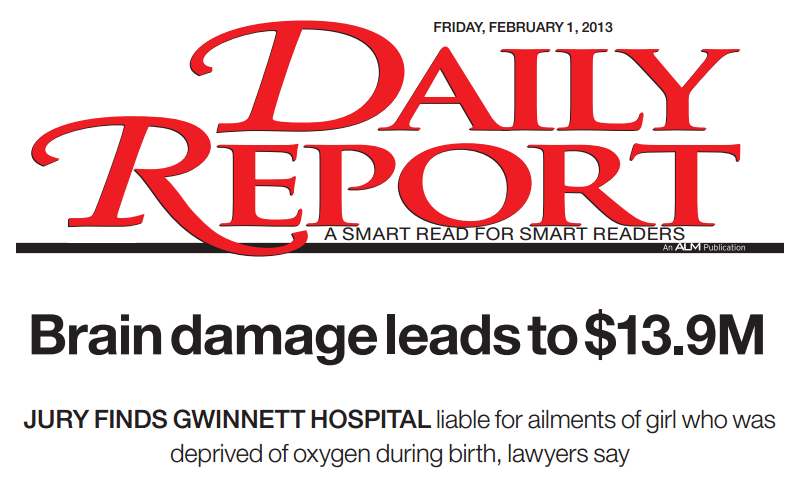



 Hayley serves as a Labor and Delivery Nurse Consultant for the Tyrone Law Firm. She attended and graduated Cum Laude from the University of Georgia in 2004 with a Bachelor of Arts degree in Journalism/Public Relations. After graduation she moved to the gulf coast where she pursued a career in real estate and development.
Hayley serves as a Labor and Delivery Nurse Consultant for the Tyrone Law Firm. She attended and graduated Cum Laude from the University of Georgia in 2004 with a Bachelor of Arts degree in Journalism/Public Relations. After graduation she moved to the gulf coast where she pursued a career in real estate and development.
